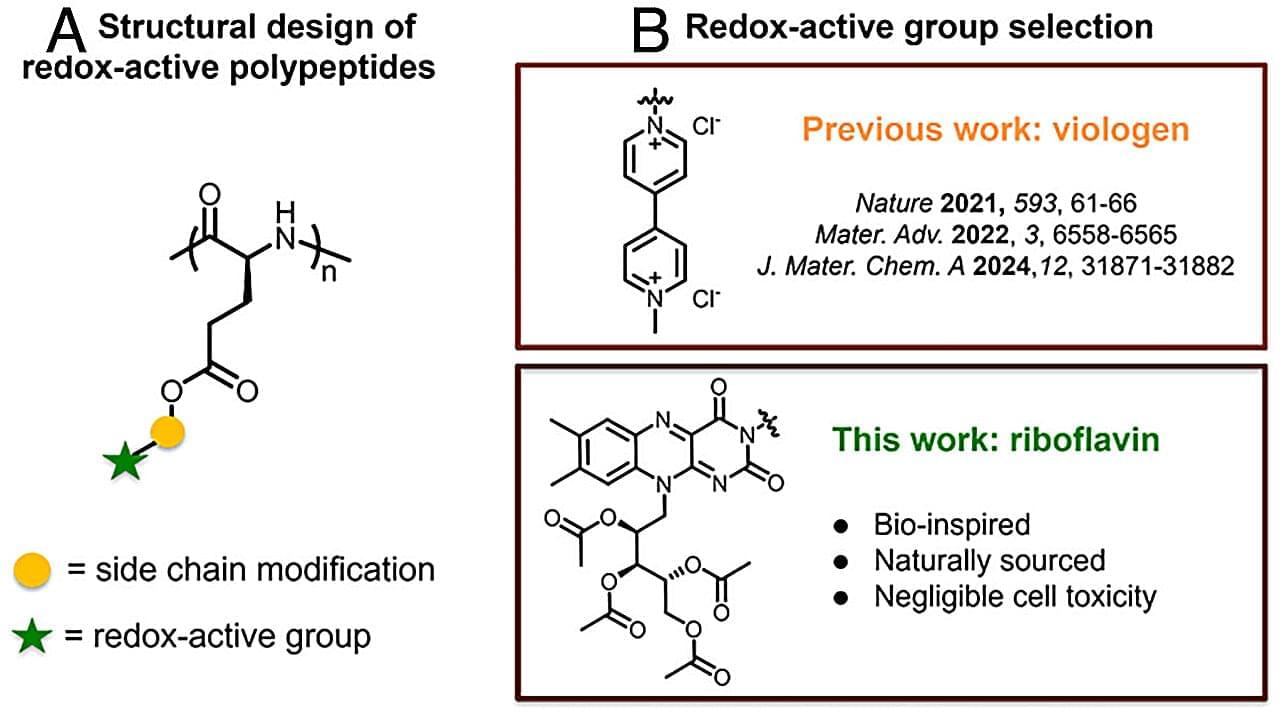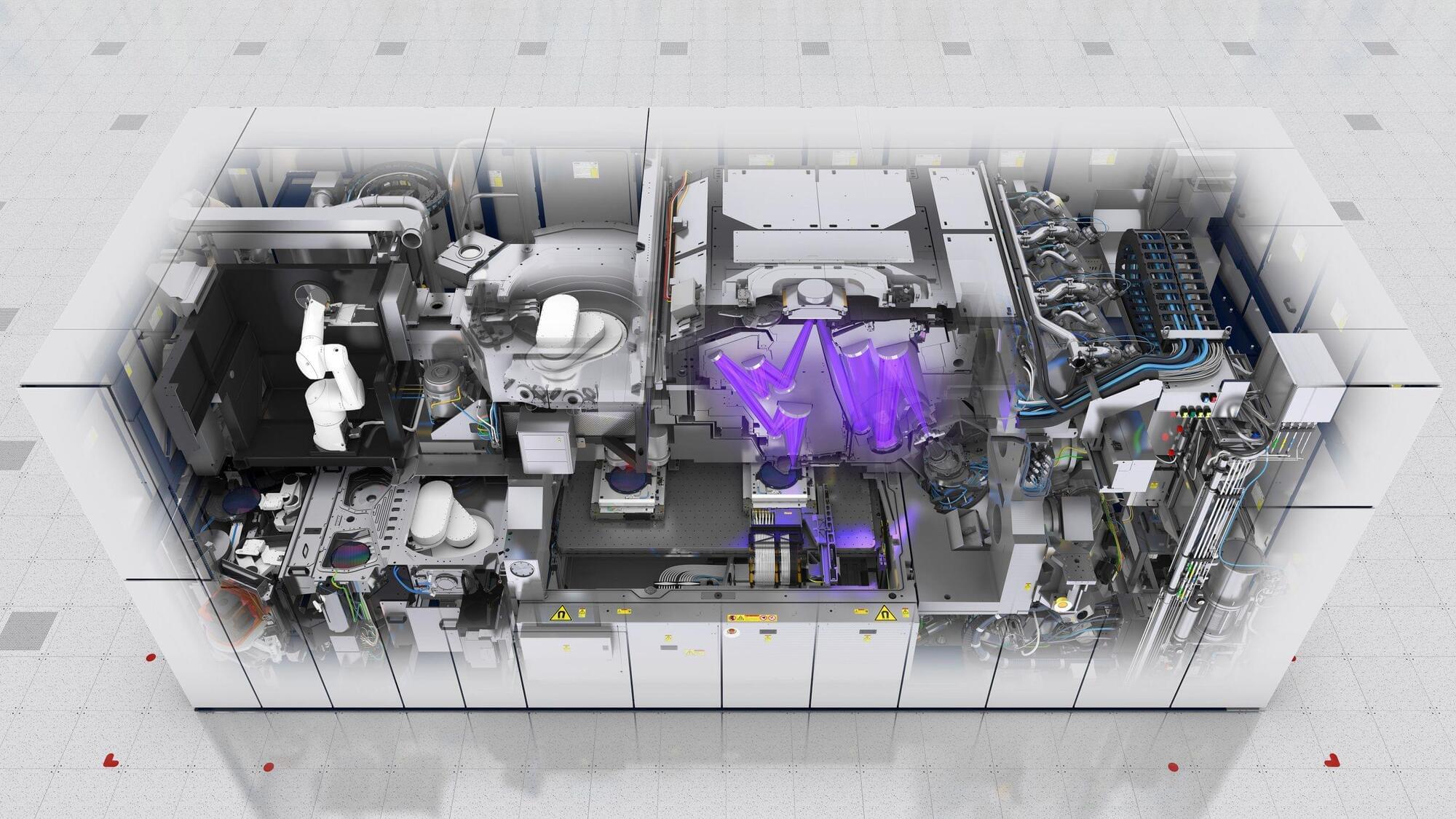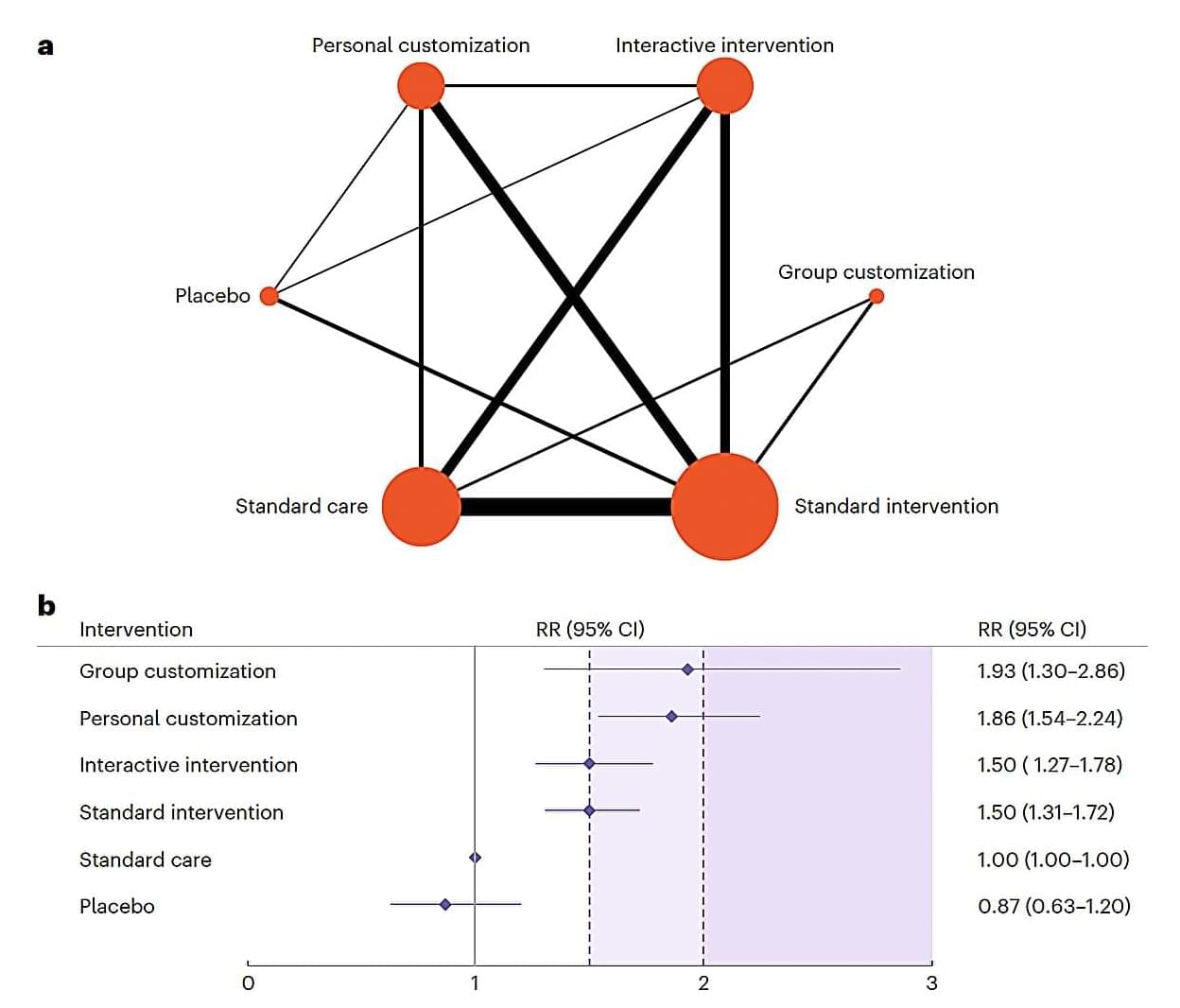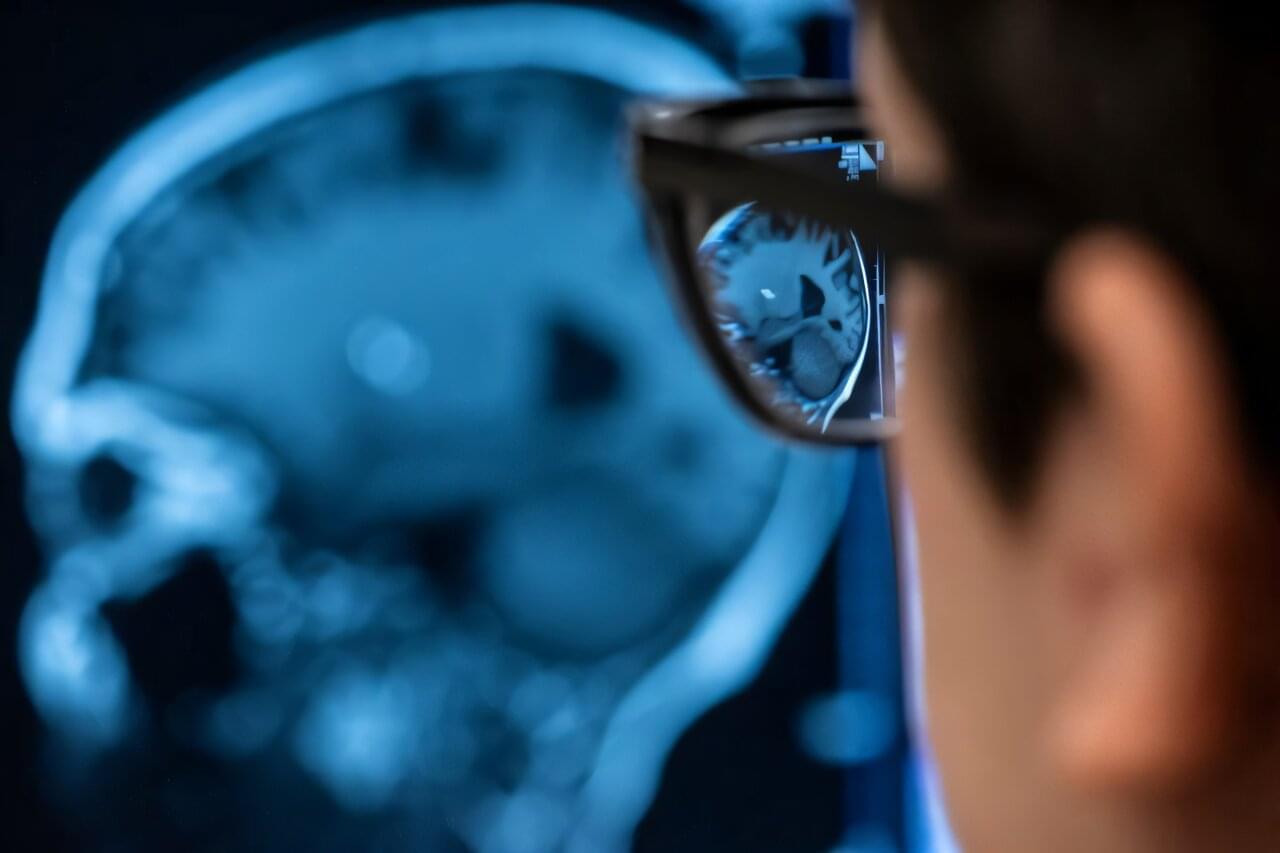What if the next battery you buy was made from the same kinds of ingredients found in your body? That’s the idea behind a breakthrough battery material made from natural, biodegradable components. It’s so natural, it could even be consumed as food.
A team of researchers at Texas A&M University, including Distinguished Professor of Chemistry Dr. Karen Wooley and Professor of Chemical Engineering Dr. Jodie Lutkenhaus, has developed a biodegradable battery using natural polymers. The findings are published in the Proceedings of the National Academy of Sciences.
Wooley’s research group in the College of Arts and Sciences has spent the past 15 years shifting toward natural products for the construction of sustainable and degradable plastics materials. Lutkenhaus, associate dean for research in the College of Engineering, has been using organic materials to design a better battery. She suggested collaboration to combine Wooley’s naturally sourced polymers with her battery expertise.








